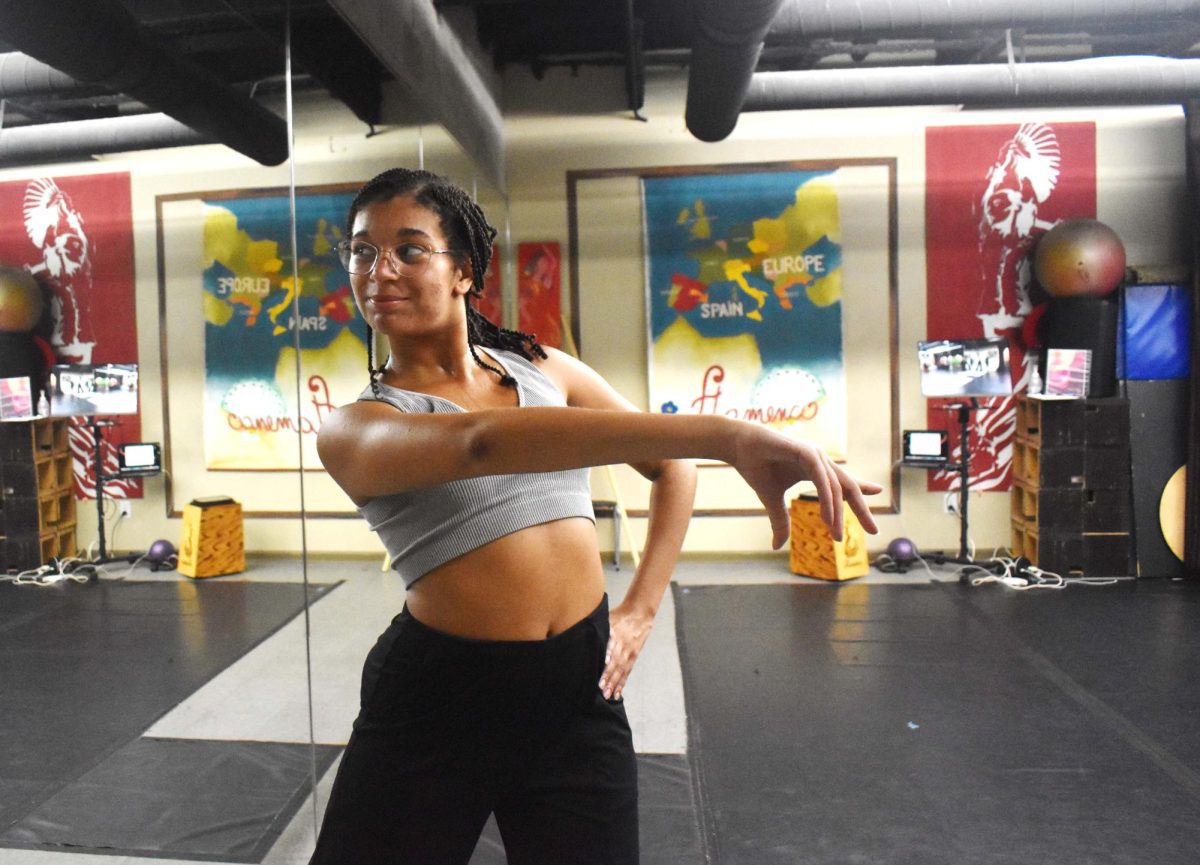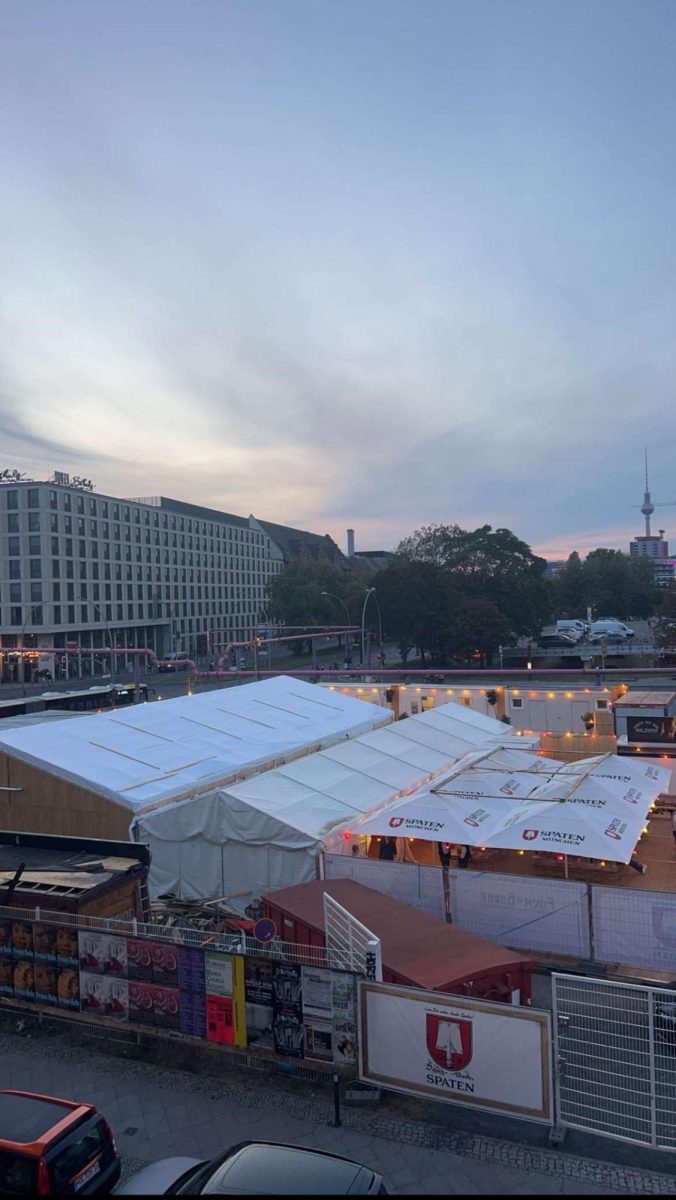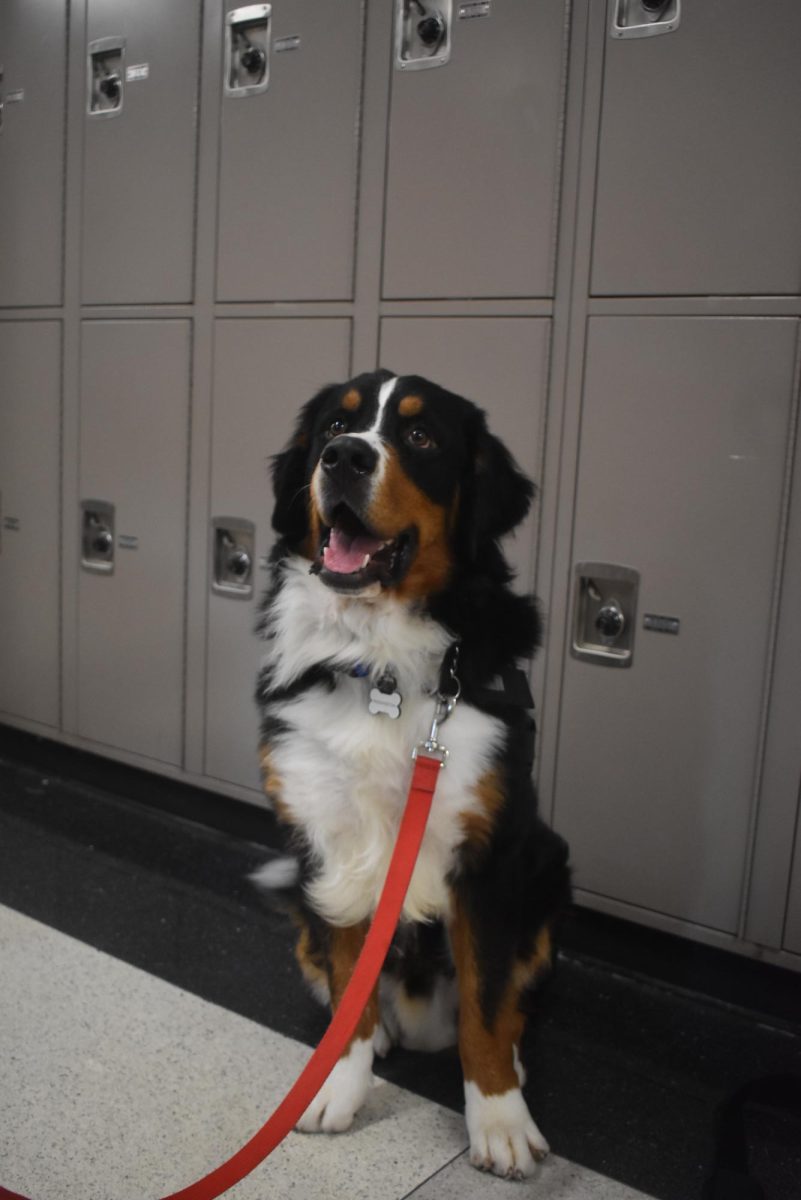Thrifting, sharing, swapping and renting clothes are just a few sustainable ways to dress for those at Midtown.
Juniors Evelyn McLaughlin and Lulu Goslan seek to inspire students to dive into the world of sustainable fashion through their new Sustainable Fashion Club. The club provides opportunities for students to find eco-friendly ways to fuel their love for fashion.
“Both Lulu and I really wanted to start a club and I’ve been thinking about starting a sustainable fashion club ever since freshman year,” McLaughlin said. “I found out that Lulu also really wanted to start a fashion club of some sort and we joined forces and decided to start it together.”
The club aims to encourage students to get involved and contribute to sustainable clothing efforts like reusing and donating their old clothes to the club.
“We are looking to do clothing drives so everybody can participate in donating clothes and doing clothing swaps, and we’re going to help people revamp their clothes and maybe tailor their clothes to fit them better,” McLaughlin said.
Fast fashion is the second largest world polluter, with the first being oil. 60% of clothing material is made out of plastic, more specifically, synthetic fabrics. These fabrics shed tiny plastic microfibers each time they are washed, accounting for 20-35% of all microplastic that ends up in our oceans. Marketing teacher Laurel Street is sponsoring the Sustainable Fashion Club. Street has taken up sustainable clothing habits herself and encourages others to be eco-friendly.
“I really love being sustainable in general, and I think people can underestimate how much impact the fashion industry has, so for a while my goal was to not buy anything new and I did that for about a year,” Street said. “I do buy some new things now but just in general I feel like it’s something that if people learn more about we can make a really big impact.”
Sustainable fashion paves the way for safe working conditions, a reduced carbon footprint, less water use and more animals saved. With fast fashion taking over the retail economy, it has produced over 92 million tons of clothing ending up in landfills, with only 20% of textiles being reused for future making of clothing.
“I’ve been very focused on fast fashion for a while now especially because my home country, Chile, is a big place that receives a lot of the clothing that ends up in landfills so hearing about that recently has had me thinking about it a lot,” Goslan said.
Industries are becoming more eco-conscious, with more sustainable brands and organizations emerging and the sustainable fashion industry is quickly expanding with an 8.3% annual growth rate, with the industry currently being worth over $6.5 billion.
“Both of us have been thinking about partnering with places like the Savannah College of Art and Design Fashion and others to host events or do fundraisers,” McLaughlin said. “But our main focus right now is to spread awareness about sustainable fashion and telling people about the dangers of fast fashion and how it is really affecting our environment and the people in the world.”




















